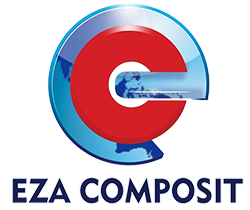How to Conduct a Board Self-Assessment
The Self-Assessment of Boards is a crucial function of the board, and provides a useful platform to discuss and analyze the strengths and weaknesses of governance. The board can make use of it to take a look at its own performance and assess its own effectiveness. This will result in better governance.
A successful board assessment process requires planning and time as well as involvement of the board members. The first step is to determine the scope of the assessment. It could encompass the entire board, committees or directors individually. A well-designed plan will define the evaluation method. Common methods include surveys, interviews or guided discussions. Once the scope and method of evaluation are determined, it is time to begin creating and disseminating questionnaires.
Some boards decide to conduct the test internally or hire an outside consultant. A third-party consultant will help ensure a thorough and objective analysis, which is especially important if your board lacks the time or resources to conduct the assessment on their own.
While it is essential for board members’ evaluation themselves, it is equally important for boards of nonprofit organizations to look at the group as an entire. It is easy for nonprofit boards and their evaluation facilitators to become absorbed in evaluating the responses of individual members and not pay attention to view website post about availability with board meeting software reviews the board in its entirety.
A successful self-assessment helps boards clarify their expectations for each other, reveal weaknesses in the composition of their boards, align board expertise with the organization’s strategy and address concerns of investors about diversity and turnover, and boost the effectiveness of board procedures and practices. In their proxy statements, public companies report the outcomes of their board’s evaluations.


Leave a Reply
Want to join the discussion?Feel free to contribute!